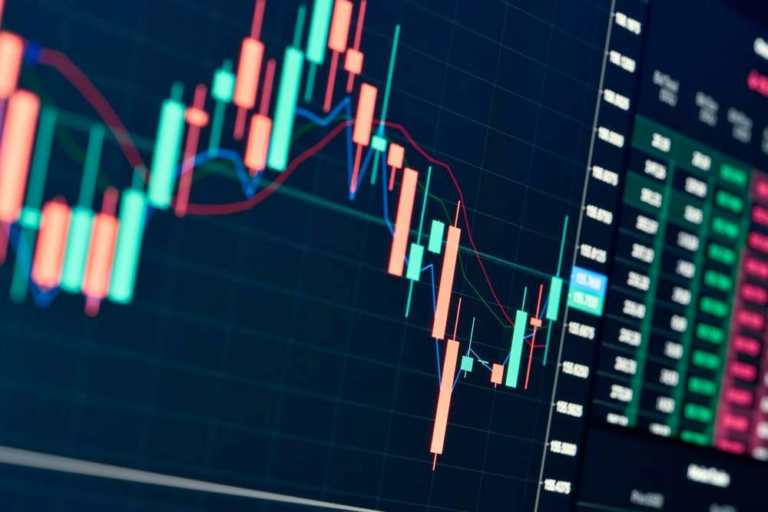In today’s globally connected economy, the interplay between cryptocurrencies and traditional stock markets is more dynamic than ever. Investors and analysts are closely monitoring these relationships, particularly as economic conditions fluctuate. A surprising defender against significant market declines might be none other than Bitcoin, the leading digital asset. As the financial landscape evolves, understanding these interconnections could prove crucial for making informed decisions.
Bitcoin’s Role in Stabilizing Traditional Markets
Renowned Bloomberg Intelligence strategist Mike McGlone recently highlighted Bitcoin’s potential in averting a dramatic downturn in the U.S. stock market, akin to previous deflationary periods. His insights suggest that Bitcoin’s stability could be vital in buffering against economic corrections following recent inflationary pressures.
Bitcoin’s Market Influence
McGlone’s analysis underscores Bitcoin’s significance amidst market volatility. As Bitcoin maintains its elevated status, it may become a critical component in preventing a widespread deflationary slide in the U.S. economy. In an October 19 post, McGlone indicated that Bitcoin’s persistent strength might be the linchpin for traditional financial markets.
Stock Market Valuation Concerns
The current valuation of the equity market, approximately 2.3 times nominal GDP, presents potential risks. This elevated level suggests that the stock market is closely aligned with the broader economy. Historically, such valuations tend to revert to more sustainable levels—around 1.75 times GDP—reflecting a post-2020 balance. This reversion process, McGlone warns, might already be in progress, especially as cryptocurrencies exhibit sustained weakness compared to precious metals.
Gold and Crude Oil: A Tale of Two Assets
Recent market behavior shows a stark contrast between gold and crude oil. Gold’s record-setting highs—soaring past $4,200—highlight growing global economic concerns, whereas oil prices have seen declines. This divergence often signals investor preference for safe-haven assets amidst economic uncertainty.
Implications for Future Economic Trends
The current trend follows historical patterns where safe-haven assets flourish while industrial commodities retract. Should this trajectory continue into the fourth quarter, McGlone suggests that volatility might be the only factor capable of altering this course. Recent data shows the S&P 500’s 90-day volatility at a five-year low, indicating potential market shifts that could either stabilize or expedite the anticipated correction.
Conclusion
The economic landscape remains complex, with Bitcoin playing an unexpected role in potentially stabilizing traditional markets. Investors should remain vigilant, as changes in volatility and asset valuations could signal significant shifts in both cryptocurrency and stock market dynamics.
Frequently Asked Questions
How does Bitcoin impact traditional stock markets?
Bitcoin’s influence on traditional markets is largely tied to investor sentiment and financial integration. As an alternative asset, Bitcoin’s stability can affect risk perception in stock markets, potentially buffering against downturns during economic volatility.
Why is gold reaching record highs significant?
Gold’s rise to record levels reflects a shift toward safe-haven assets in response to global economic stresses. This movement suggests growing investor caution and a possible precursor to broader economic adjustments.
What factors could alter the current economic path?
Renewed market volatility could provoke significant changes, either stabilizing markets by recalibrating risk or accelerating a correction as valuations normalize. Monitoring market indicators is crucial for anticipating these shifts.
By understanding these nuanced interplays, investors can better navigate the evolving economic landscape, balancing risks and opportunities in this complex financial environment.

